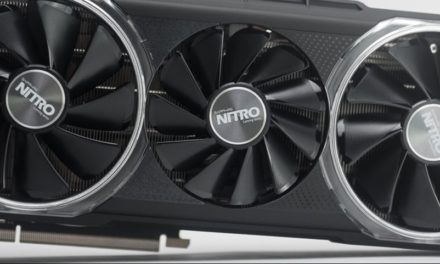
We tried what we haven't yet: GTX 680 SLI, GTX 670
Test configuration, card settings

Applications used during measurements:
- GPU-Z 0.6.0
- CPU-Z 1.60 x64
- FurMark 1.9.2
- MSI Afterburner 2.2 beta 15
- 3DMark11 1.0.2.0
- Unigine Heaven Benchmark 3.0
- LuxMark v2.0 x64
- ComputeMark v2.1
- Mars GPU PhysX Benchmark
- TessMark 0.3.0
- MediaEspresso 6.5.2119_41281
- Battlefield 3 + FRAPS 3.4.7 build 13809
- Crysis 2 1.9 + DX 11 patch + Hi-res - Adrenaline Crysis 2 benchmark tool 1.0.1.13
- Hard Reset + Update 7 (built-in measurement)
- Shogun 2 + DX 11 patch (built-in measurement)
- F1 2011 (built-in measurement)
- Hawx 2 DX11 benchmark b_v1.04
- Alien vs Predator benchmark v1.0.3 + GUI x64
- Batman Arkham City 1.01 (built-in measurement)
These brutally powerful cards managed to pack an even stronger test configuration than usual. The Intel DX79SI motherboard and Intel Core i7-3960X processor pair came back to us, the 8GB Kingston HyperX RAMs ran at 2133 MHz. The Sandy Bridge-E, of course, was left unattended, received a minor tuning, and tested at 4600 MHz.
 |  |
 |  |

Other test card settings in our previous article you will find.
The following GPU-Z images highlight the testing parameters of the cards. The GIGABYTE GTX 670 was also measured at a base clock signal to have a picture of the performance of a reference GTX 670, and then, of course, the speed run at the factory tuned clock signals was also examined. In the case of the ASUS GTX 670 TOP, the measurements were performed only with the tuned clock signals, as in the case of the ASUS GTX 680 TOP, but here we also checked the test programs with the frequencies set by our own tuning. The GTX 680 SLI measurement was performed by setting the reference value.
Using graphics drivers
Before describing the results of the tests, we need to clarify how we performed them. For the synthetic measurements (neither 3DMark11 (PhysX off), Unigine Heaven Benchmark, cGPU progik) the GeForce driver or Catalyst settings were checked, everything ran according to the factory configuration. However, after the synthetic measurements, we manually turned on the 16 × anisotropic filtering for the games, because in many applications this is not possible from the program, but we felt its presence was necessary for the measurements.
Measurement of consumption and warming
Opponents were also subjected to consumption and warm-up measurements. The appetite of the cards was tested with a wattmeter by recording the value of no-load consumption at rest under Windows, this time we tested the systems with Blu-ray, Alien vs Predator and Furmark at load. During all measurements, we tried to form an approximate average from the data seen, but since these are not measurements performed under laboratory conditions, they are for information only. MSI Afterburner 2.2 beta 15 was used to monitor temperature values, load levels, and fan speeds, monitoring was performed after a brief period of rest during the FurMark load phase, and then the cards were allowed to cool. The power management features of the processor were turned off.

As you can see, the GTX 670 eats a little less than its big brother, about as much as the performance difference between the two cards. This isn’t a particularly big surprise, and if we’ve said consuming the GTX 680 is a nice job, the same can be said for the GTX 670. Despite the tuning, there is hardly any measurable difference between the same types of cards, we can only talk about a few watts. The GTX 680 SLI and HD 6990 competed for the highest consumption title.
Warming: Let’s see how the coolings handled the cards dormant when unloaded and then the 5 minutes of severe FurMark load!
Complete specification table:



















